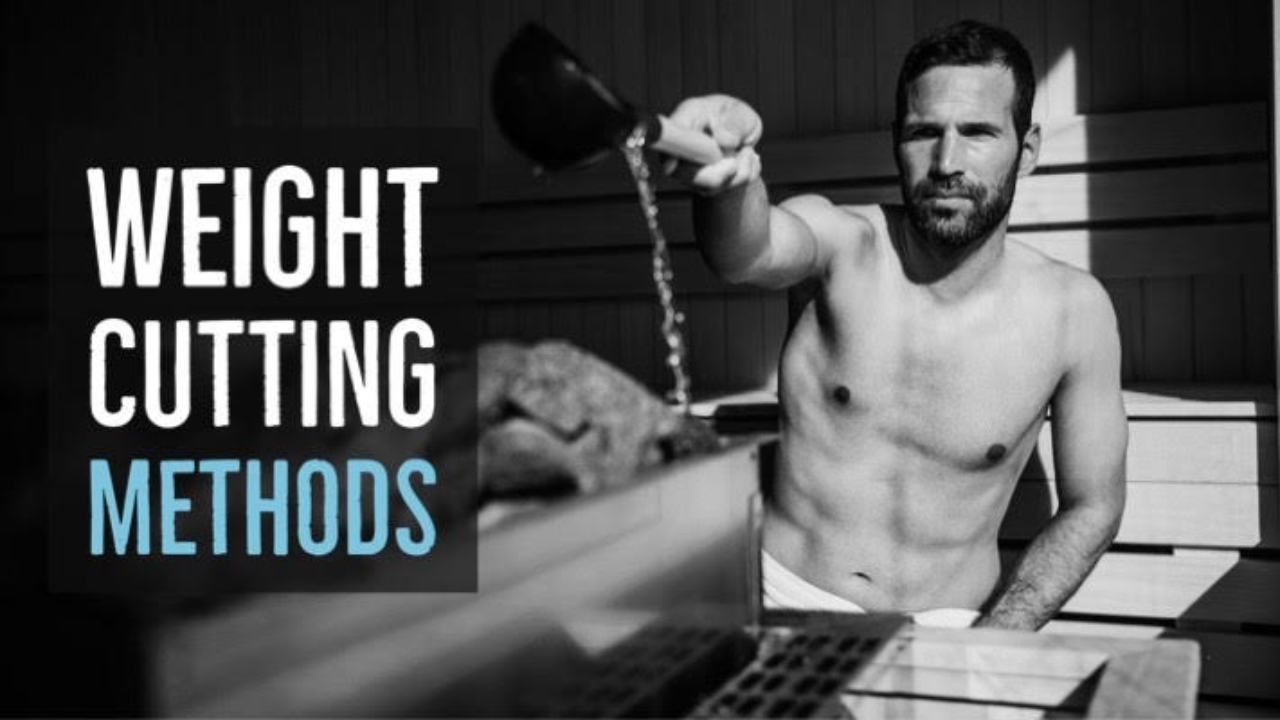
Overview of Safe Weight Cutting Methods: Your Roadmap to Success in Combat Sports
Below I wanted to share an outline of our weight cutting process for combat athletes. My aim? To provide you with the ultimate roadmap to help athletes and coaches avoid poor weight cuts, but also to help you achieve your peak physique for combat sports. Buckle up, for we are about to delve deep into the art and science of weight cutting.
Phase 1: Preparation
Losing Body Fat
Before we even talk about the weight cut, it's imperative that we build a solid foundation. This means sculpting a physique that's lean and mean. Here are some golden rules that have served me well:
- Balanced Diet: Incorporate a balanced diet rich in proteins, healthy fats, and carbohydrates to nourish your body appropriately.
- Regular Exercise: A mix of strength training and cardio is essential to shed those extra pounds of fat.
- Professional Guidance: Consult with a nutritionist or a fitness expert to guide your weight loss journey.
Gaining Lean Muscle
Next up, we need to focus on building lean muscle. This phase is all about being in the gym, putting in the hours, and building a formidable physique. Here's what you need to keep in mind:
- Progressive Overload: Engage in a training regime that encourages muscle growth through progressive overload.
- Nutrition: Focus on a protein-rich diet to support muscle growth.
- Rest and Recovery: Allow adequate time for muscle recovery between training sessions.
Heat Acclimation
The final preparatory step is heat acclimation, a critical but often overlooked component of the preparation phase. The process can help improve your performance and assist in weight loss:
- Gradual Exposure: Start by gradually exposing yourself to higher temperatures during training sessions.
- Hydration: Ensure adequate hydration to cope with increased sweat rates.
- Adaptation Period: Allow a few weeks for your body to adapt to the heat acclimation process.
Phase 2: The Weight Cut
5 Days Out - Water Loading
As we move closer to the weigh-in day, the first step is water loading. It's a technique to trick your body into excreting more water. Here’s how to go about it:
- Increase Water Intake: Begin by significantly increasing your water intake.
- Gradual Reduction: Gradually reduce water intake as you approach the weigh-in day.
- Monitoring: Keep a close eye on your body's response to prevent overhydration.
3 Days Out - Fiber Elimination and Sodium Reduction
As we inch closer, it's time to start reducing fiber and sodium from your diet to shed those extra pounds:
- Diet Modification: Modify your diet to exclude high-fiber foods.
- Sodium Intake: Start reducing your sodium intake to prevent water retention.
About 1 Day Out - Active/Passive Dehydration
With just about a day to go, the focus shifts to dehydration to achieve the desired weight:
- Active Dehydration: Engage in activities like sauna visits to lose water weight.
- Passive Dehydration: Reduce fluid intake to encourage further weight loss.
- Supervision: Ensure you are under professional supervision to avoid health risks.
Phase 3: Replenishing
Replenishing Fluids and Electrolytes
After the weigh-in, it's vital to replenish your body with fluids and electrolytes:
- Hydration: Begin with sipping water or sports drinks to gradually rehydrate.
- Electrolyte Balance: Focus on beverages that help restore electrolyte balance quickly.
Repleting Carbohydrates
Next, focus on repleting your body with energy-boosting carbohydrates:
- Carbohydrate Sources: Consume easy-to-digest carbohydrate sources like white rice or potatoes.
- Timely Meals: Have small meals at regular intervals to refill glycogen stores in muscles.
Consuming Familiar Foods
To end the replenishing phase, consume familiar foods that are easy on your stomach. Note: avoid high fiber and high fat choices.
- Avoid High Fiber and Fat: Steer clear from high fiber and fatty foods as they might cause digestive discomfort.
- Familiar Foods: Stick to foods that you've consumed during your training period, as your body is accustomed to them.
I trust that these guidelines will steer you towards success in your combat sports journey. Always remember, the journey to the ring starts much before you step onto the scales. Here's to a well-prepared, healthy, and victorious you!




